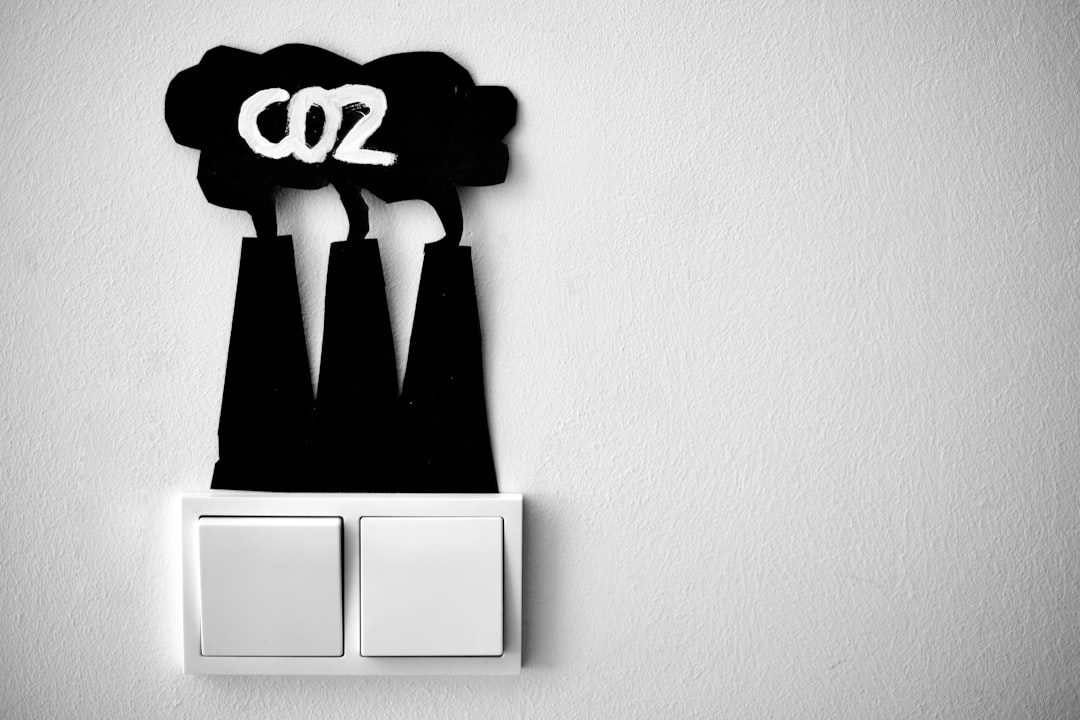What is it about?
A composite polymer electrolyte comprising poly(vinyl alcohol)–poly(4-styrenesulphonic acid) with barium chloride dihydrate (BaCl2⋅2H2O) salt complex has been synthesized following the usual solution casting. The ionic conductivity of polymer electrolyte was analysed by impedance spectroscopy. The highest room temperature (at 30∘C) conductivity evaluated was 9.38 × 10−6 S cm−1 for 20 wt% loading of BaCl2 in the polymer electrolyte. This has been referred to as the optimum conducting composition. The temperature-dependent ionic conductivity of the polymer electrolyte exhibits the Arrhenius relationship, which represents the hopping of ions in polymer composites. Cation and anion diffusion coefficients are evaluated using the Trukhan model. The transference number and enhanced conductivity imply that the charge transportation is due to ions. Therefore this polymer electrolyte can be further studied for the development of electrochemical device applications.
Featured Image
Why is it important?
A composite polymer electrolyte comprising poly(vinyl alcohol)–poly(4-styrenesulphonic acid) with barium chloride dihydrate (BaCl2⋅2H2O) salt complex has been synthesized following the usual solution casting. The ionic conductivity of polymer electrolyte was analysed by impedance spectroscopy. The highest room temperature (at 30∘C) conductivity evaluated was 9.38 × 10−6 S cm−1 for 20 wt% loading of BaCl2 in the polymer electrolyte. This has been referred to as the optimum conducting composition. The temperature-dependent ionic conductivity of the polymer electrolyte exhibits the Arrhenius relationship, which represents the hopping of ions in polymer composites. Cation and anion diffusion coefficients are evaluated using the Trukhan model. The transference number and enhanced conductivity imply that the charge transportation is due to ions. Therefore this polymer electrolyte can be further studied for the development of electrochemical device applications.
Perspectives
A composite polymer electrolyte comprising poly(vinyl alcohol)–poly(4-styrenesulphonic acid) with barium chloride dihydrate (BaCl2⋅2H2O) salt complex has been synthesized following the usual solution casting. The ionic conductivity of polymer electrolyte was analysed by impedance spectroscopy. The highest room temperature (at 30∘C) conductivity evaluated was 9.38 × 10−6 S cm−1 for 20 wt% loading of BaCl2 in the polymer electrolyte. This has been referred to as the optimum conducting composition. The temperature-dependent ionic conductivity of the polymer electrolyte exhibits the Arrhenius relationship, which represents the hopping of ions in polymer composites. Cation and anion diffusion coefficients are evaluated using the Trukhan model. The transference number and enhanced conductivity imply that the charge transportation is due to ions. Therefore this polymer electrolyte can be further studied for the development of electrochemical device applications.
Professor GIRISH M JOSHI
Institute of Chemical Technology
Read the Original
This page is a summary of: Ionic conductivity and diffusion coefficient of barium-chloride-based polymer electrolyte with poly(vinyl alcohol)–poly(4-styrenesulphonic acid) polymer complex, Bulletin of Materials Science, July 2017, Springer Science + Business Media,
DOI: 10.1007/s12034-017-1430-0.
You can read the full text:
Contributors
The following have contributed to this page










